Tweewieler tells: 3D printing of 40.000 Van Raam parts
Tweewieler visited Van Raam and wrote an article about how Van Raam uses 3D printing in the production of special needs bicycles. Read the article and discover more about innovation at Van Raam.
Van Raam produces uniquely special needs bicycles and specializes in tricycles, transport bikes, scooterbikes, wheelchair bikes, tandem bikes, double rider bikes, and low step trough bikes (also known as comfortbikes). Each model is also available as an electric bike (Pedelec).
Van Raam is a Dutch producer of unique custom bikes. Want to know more about our company or special needs bikes?
Menu
Search
Our bikes
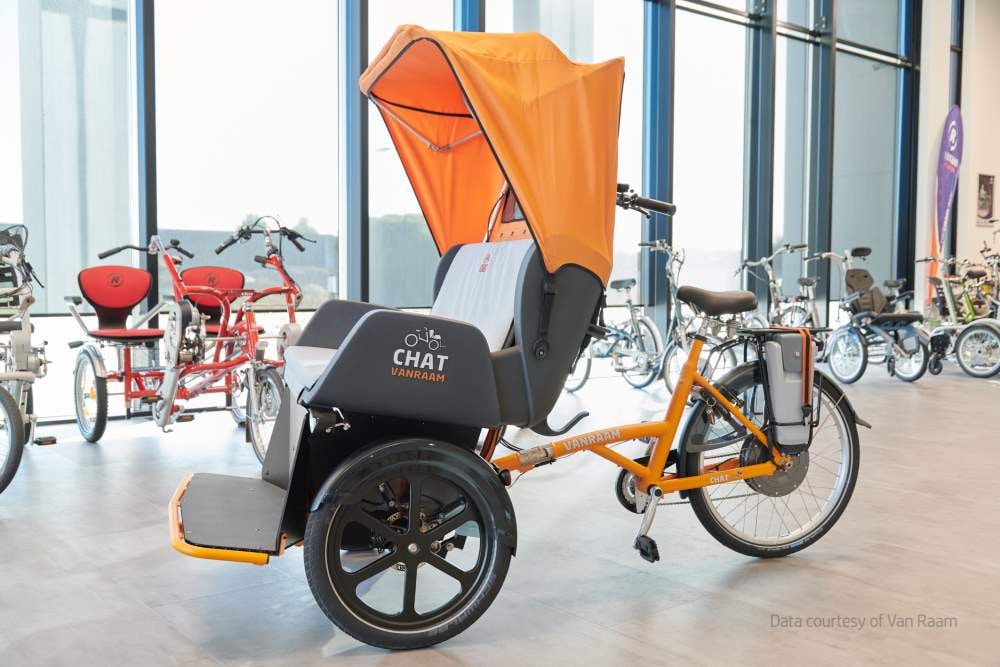
News

Van Raam is a manufacturer of adapted bikes. To produce the bikes, a lot of innovative techniques are used, including the 3D printer. The 3D Print Magazine had written about why Van Raam uses this technique. Read in this article more about the article in the 3D print magazine and innovation at Van Raam.
‘Bicycle manufacturer opts for HP MJF 3D printer for a more durable and robust end product’, says the headline in the 3D Print Magazine. The magazine informs and inspires about 3D techniques in the industry.
Jan-Willem Boezel, technical director at Van Raam, was interviewed for the article. Van Raam started investigating the possibilities of 3D printing and its application because many models in the Van Raam bicycle assortment are made to order and customized. As a result, there is no mass production and smaller numbers of bicycles are manufactured. With these numbers, the 3D technique can be applied very well. Read the article ‘Bicycle parts from the 3D printer at Van Raam’ for more information about the 3D printers at Van Raam.
Van Raam only works with high quality products and well-trained employees to produce the best adapted bikes for all customers worldwide. In addition, Van Raam looks thoroughly at and examine what the wishes of the customers are. To do this well, Van Raam works together with the Delft University of Technology in the Netherlands. This cooperation creates modern bicycles with a beautiful design.

For customers, our adapted bikes are essential for a good quality of life.
Jan-Willem BoezelInitially, three smaller 3D printers were used, the FDM 3D printers. These were used for printing prototypes and smaller parts such as chain guards. In 2019, a new 3D printer was installed: the HP MultiJet Fusion 4200 3D printer. This printer makes it possible to print high quality products that can be mounted on the Van Raam bicycles. Because of this, it is almost no longer necessary to rework the parts and they can be mounted on the bike almost directly. HP has also written an article about this on their website.
Keeping certain parts in stock is a thing of the past because these parts are printed on request. There is a short production time and the parts can be customized for the customer since there are more customizations possible due to this technique.
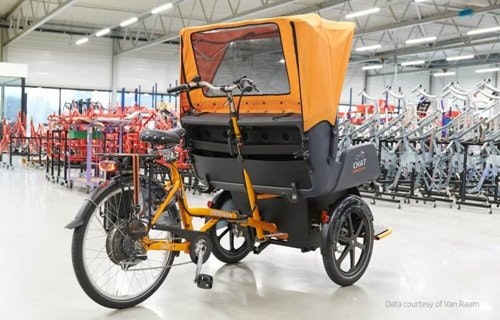
There are two major advantages for using 3D printed parts:
The designers at Van Raam have a lot of freedom in designing the bikes and the accompanying parts. The designs increasingly consist of parts that can be printed with the 3D printer.
Customized products that can be easily adjusted with the 3D printers. This is important because every Van Raam adapted bike is unique.
Van Raam considers innovation very important. Every time we look at how the adapted bikes and the production processes can be improved and renewed. As shown in this article, more and more bicycle parts are being printed with a 3D printer.
The article ‘Bicycle parts from the 3D printer at Van Raam’ extensively explains which 3D printers Van Raam has, how these printers work and what kind of parts can be found on the bikes printed with the 3D printer. There is also a video that shows how the printer works.
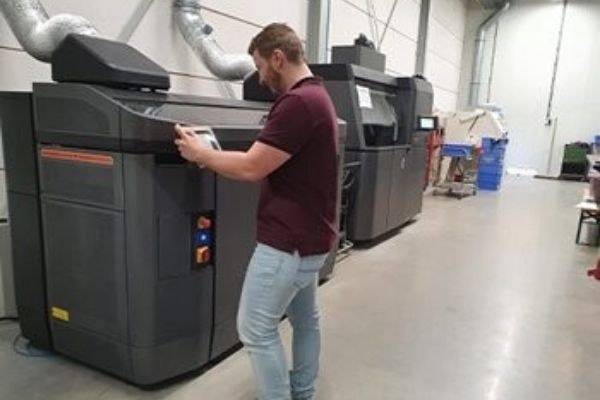
Especially with the rickshaw transport bike Chat, a lot of use is made of 3D printed parts. For this reason, the Chat is mentioned in the 3D Print Magazine.
The Chat is a rickshaw bike with which two persons can be transported. One person cycles and two adults or one adult with a child can sit in the front seat. Because of the design of this seat and its cushions, the passengers can enjoy a comfortable and pleasant ride on the bike while they’re talking or chat(ting) with each other.
Read all about the rickshaw bike on the product page of the Chat.
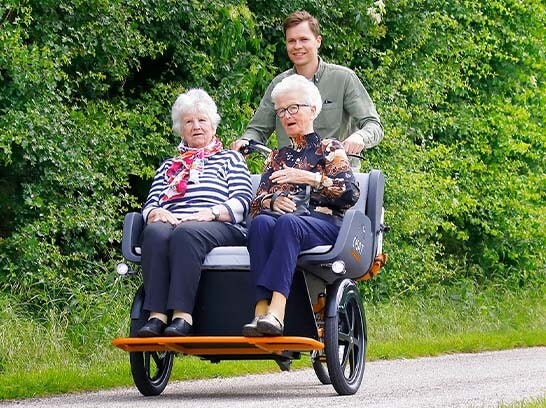
Van Raam wants to be ready for the future. For this reason, Van Raam is continuously looking at which new techniques can be applied in the production process and how the adapted bikes can be improved. For example, Van Raam does this by using 3D printers, but also by using welding robots, a 3D scanner, and a modern warehouse system. In addition, Van Raam works together with the platform Boost. Together they want to help other companies with the integration of smart and clean industry in the Netherlands. Read more about this in the article ‘Van Raam and Boost working together on the future’.
By applying innovative techniques, Van Raam has received several awards, such as the Factory of the Future price for the province of Gelderland, the ExtraEnergy test for our pedal assistance and the Eurobike Gold Award. This stimulates us to ensure that we continue to develop ourselves, so that we can continue to offer sustainable and contemporary mobility to people with a disability.
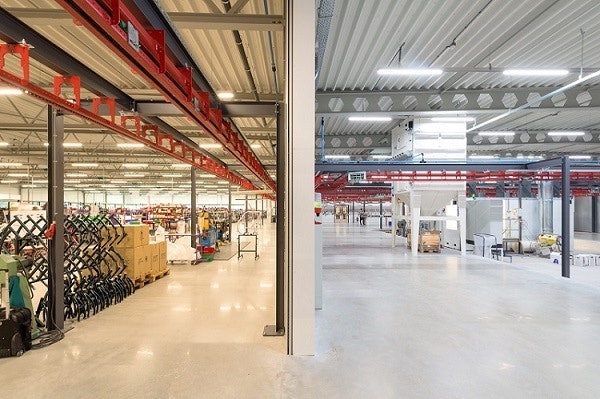
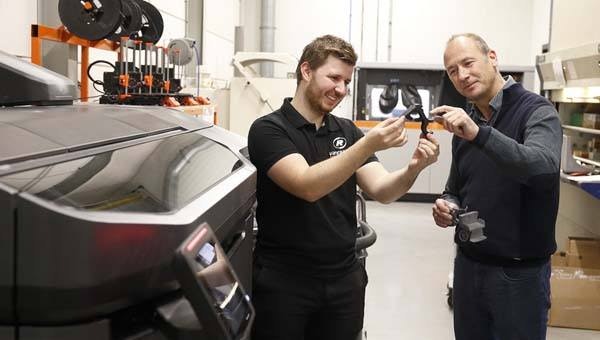
Tweewieler visited Van Raam and wrote an article about how Van Raam uses 3D printing in the production of special needs bicycles. Read the article and discover more about innovation at Van Raam.
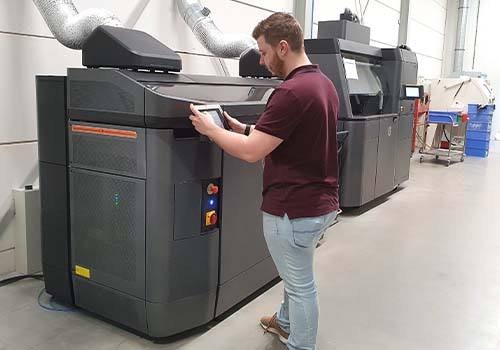
Van Raam thinks innovation is very important. There is a continuous search for ways to improve or even renew the special needs bicycles and the production processes. One of the innovative techniques used is printing bicycle parts with a 3D printer. Read more about the 3D printing of bicycle parts at Van Raam in this article.
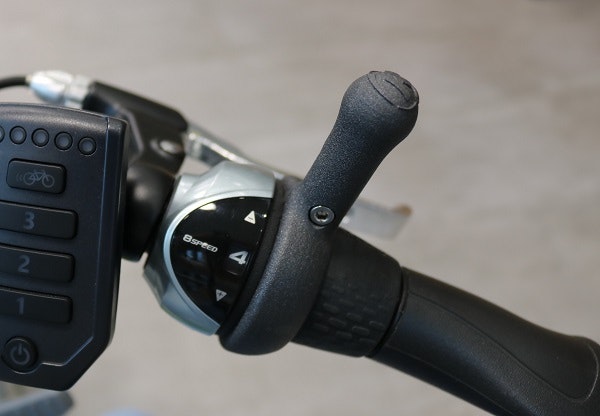
Many people use gears when cycling, which allows you to easily determine the pace at which you are cycling by setting the gears higher or lower. Despite this seems very simple, it is not always easy for everyone to change to a higher or lower gear, for example when you have less power in your hands. That is why it is possible to place a shift lever on the gear. Van Raam has recently developed its own 3D printed shifter. Curious? Read all about the 3D printed shifter for Van Raam's special needs bikes in this article.
We are happy to assist you! Please check our contact page or contact us directly using the options below.